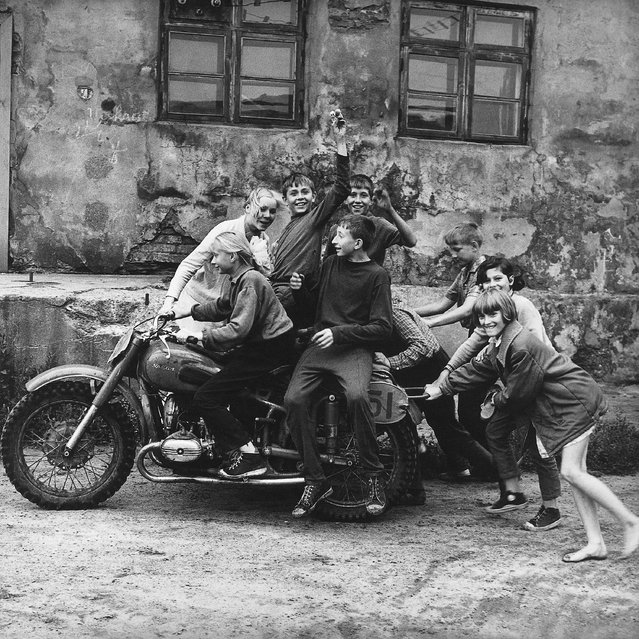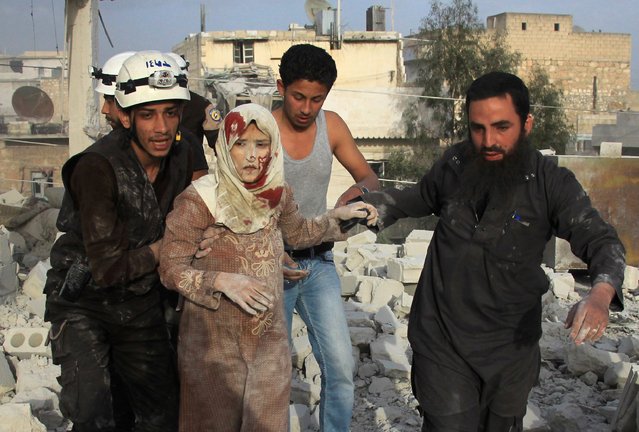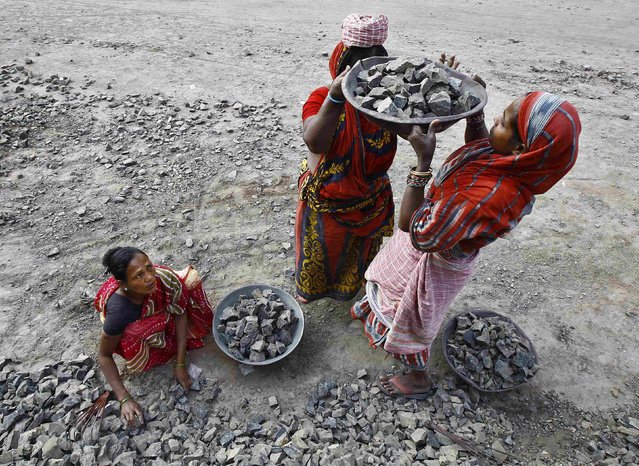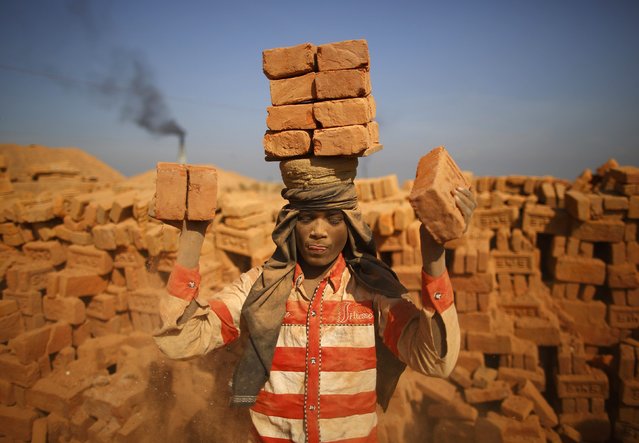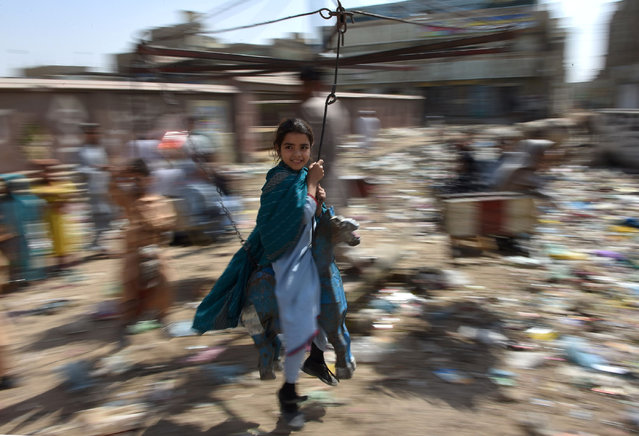
In this photograph taken on February 18, 2016, Pakistani children ride on swings in the predominantly Pashtun Korangi District of Karachi. In a rundown district of Karachi, Rabia balks at a neighbour's proposal to vaccinate her children, demonstrating one of the biggest hurdles to eradicating polio in Pakistan by the end of the year: confused and frightened parents. (Photo by Asif Hassan/AFP Photo)
04 Apr 2016 10:37:00,post received
0 comments

